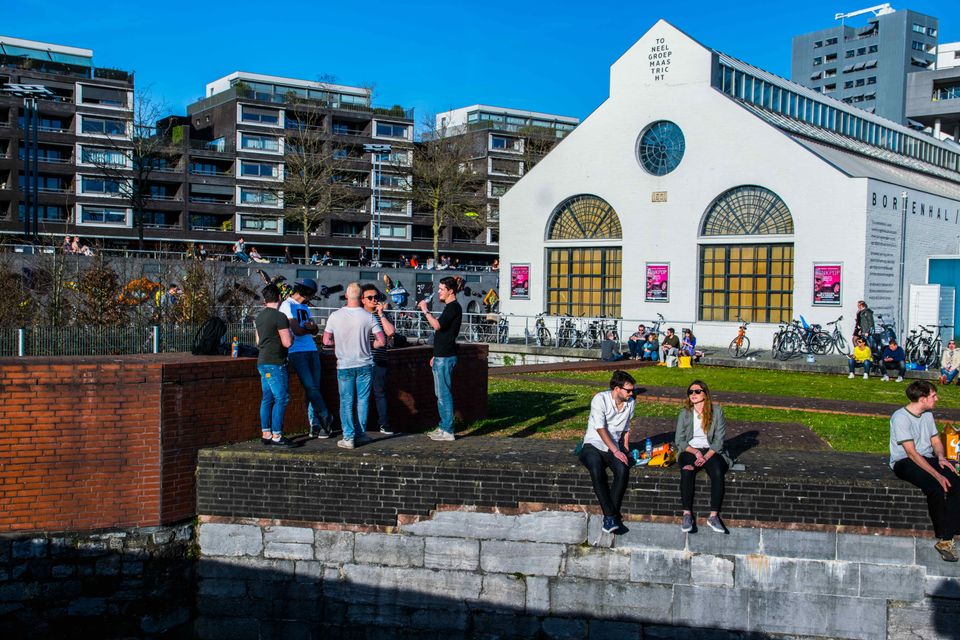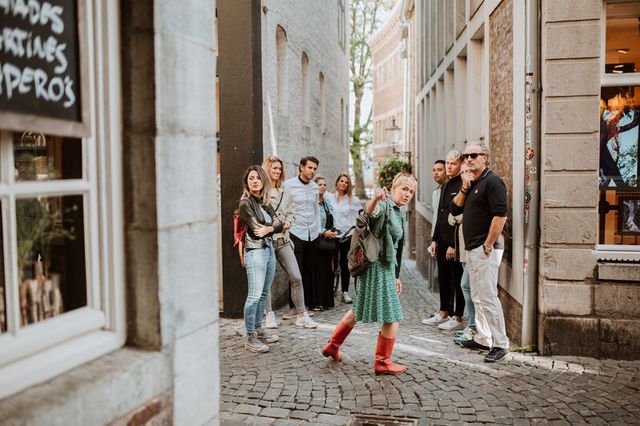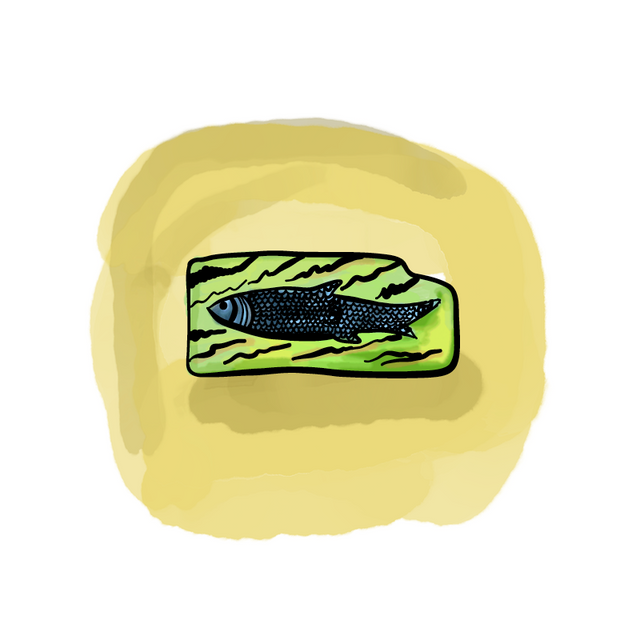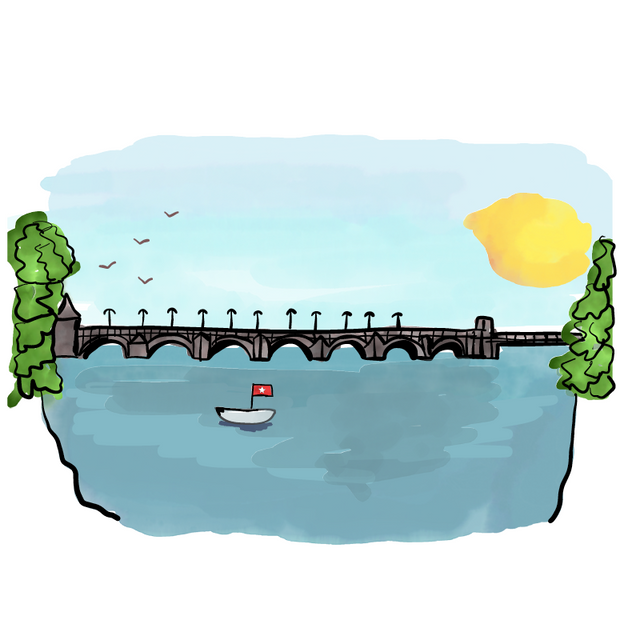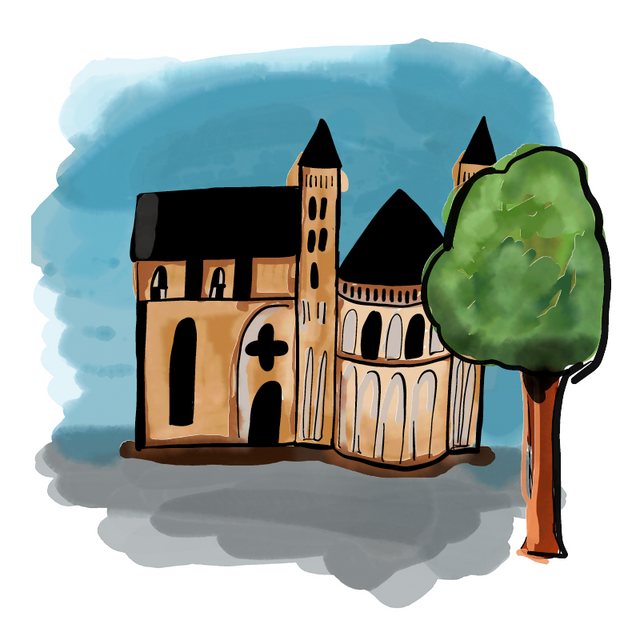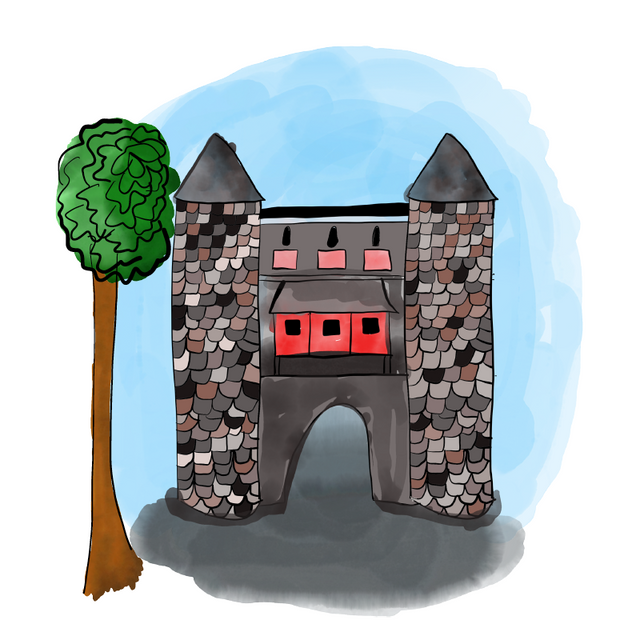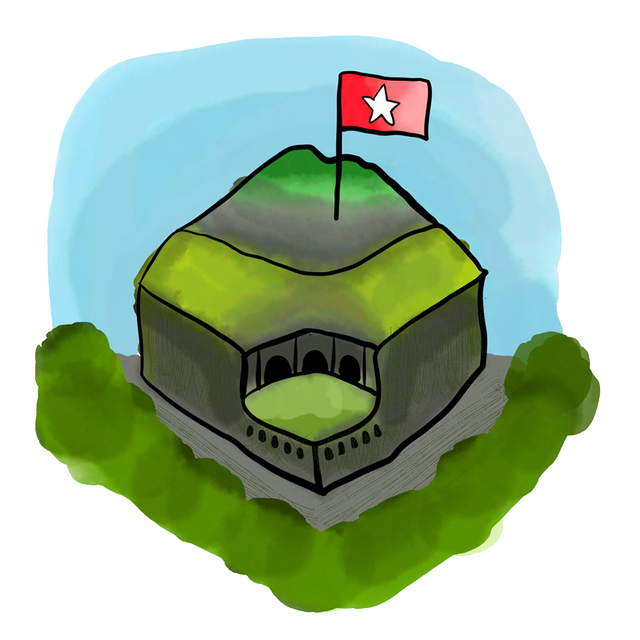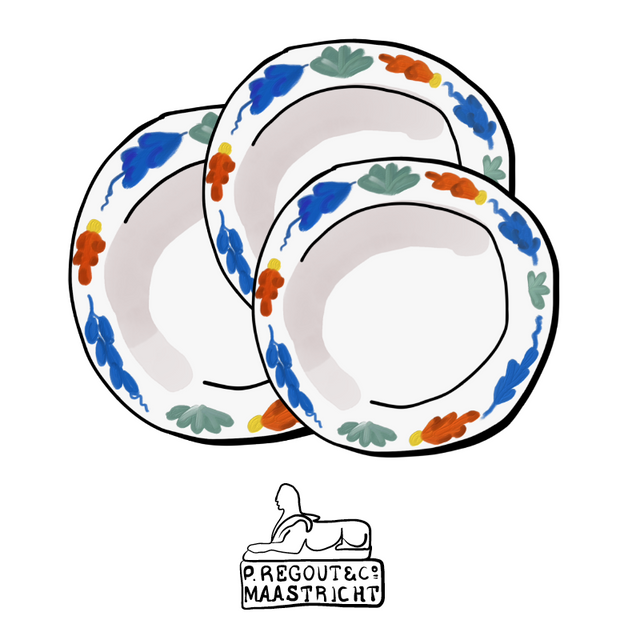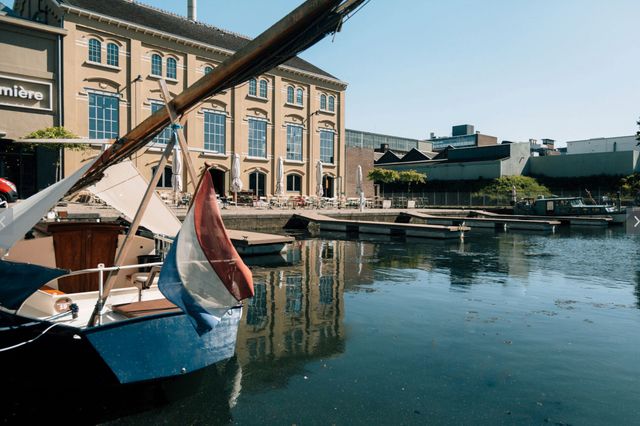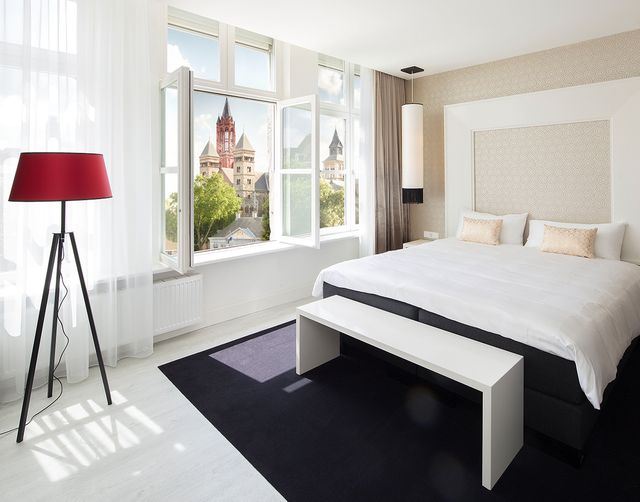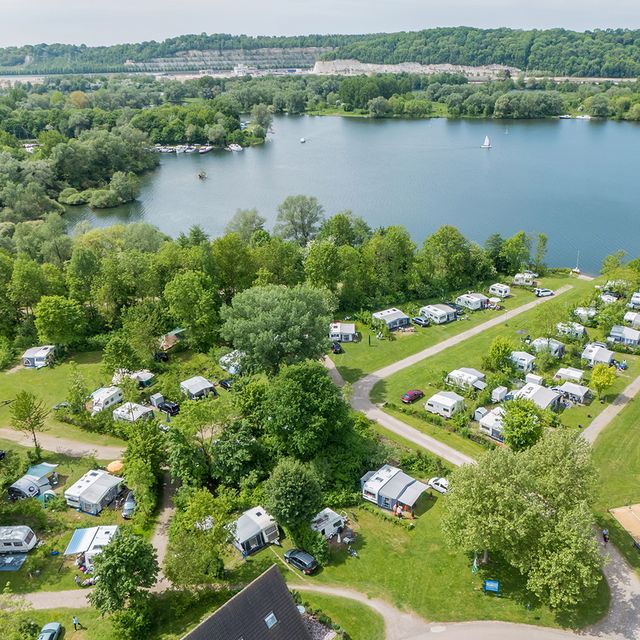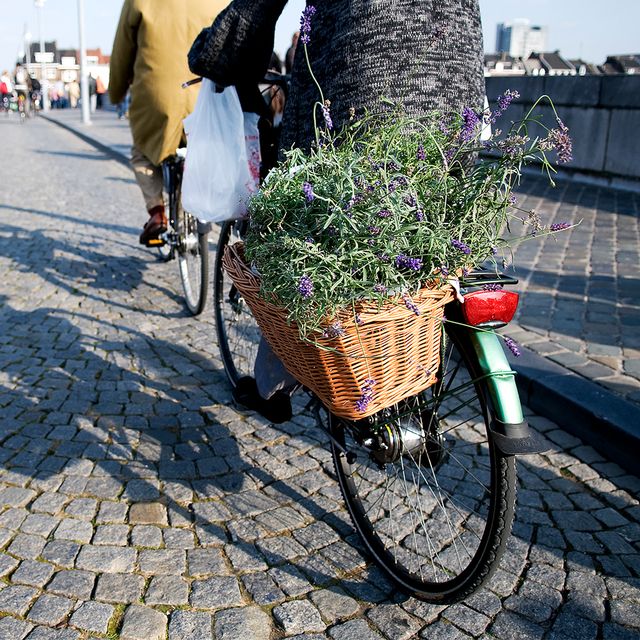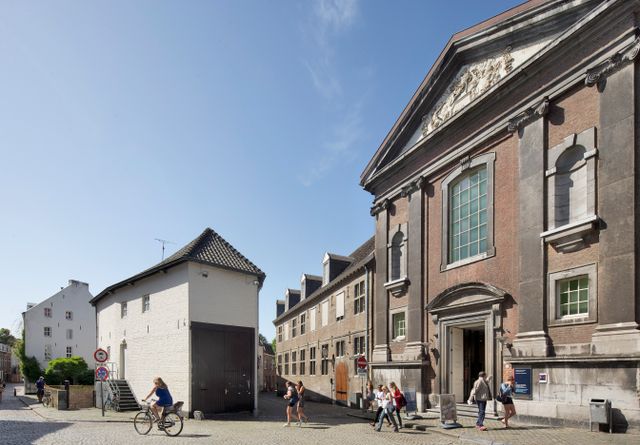
A vibrant mix
Half of Maastricht University’s students are international. And you can feel it in the air: the vibrant mix of nationalities creates a cosmopolitan atmosphere in and around the university buildings. The closure of Limburg’s mines in the 1960s was an opportunity to breathe new life into the economy of the sleepy provincial capital. In 1969, the government under Prime Minister De Jong set up the country’s eighth medical school in Maastricht. The salvation of the city, some say. The ‘Rijksuniversiteit Limburg’ (Limburg state university) attracted academics to the industrial city (see also) that had been dominated by Sphinx and ENCI. A number of neglected monumental monasteries and church buildings were repurposed.
During the year, a range of events will be organized in collaboration with Maastricht University.
Impressive buildings
The medical school trained its first cohort of fifty students in the former seminary of the Jesuit Order on Tongersestraat. Today’s School of Business and Economics is located in the old monastery – definitely worth a visit for tourists! Other interesting university buildings include the Oud Gouvernement (the former provincial government building), the grand Minderbroedersklooster (Minor Friars’ Monastery), and the Bonnefantenklooster (Cloister of the Canonesses Regular of the Holy Sepulchre). Another is the former Tapijnkazerne (Tapijn barracks) and its army mess, which served as the teaching location for the ‘Knowledge Technology’ course.
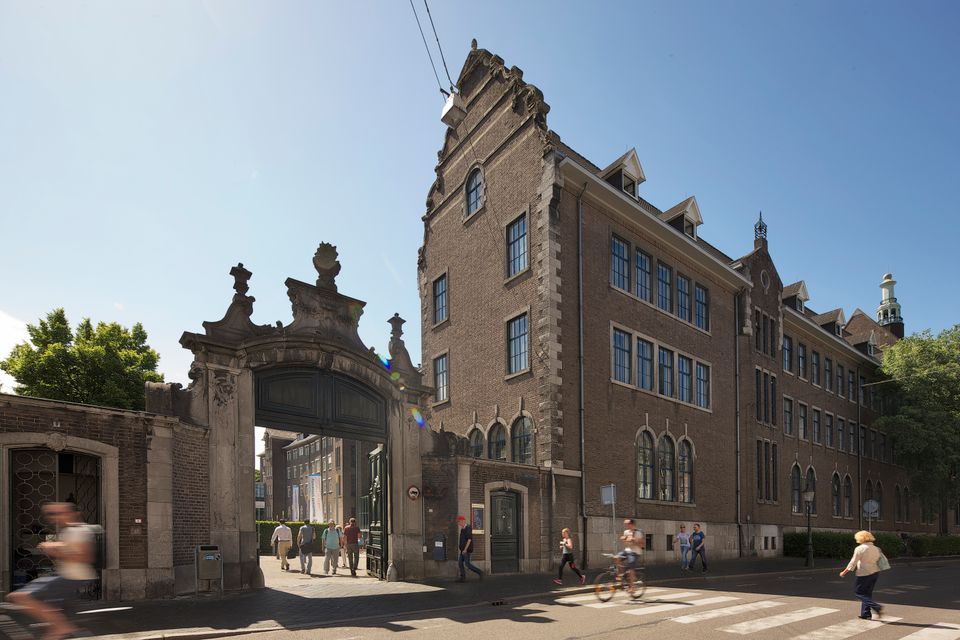
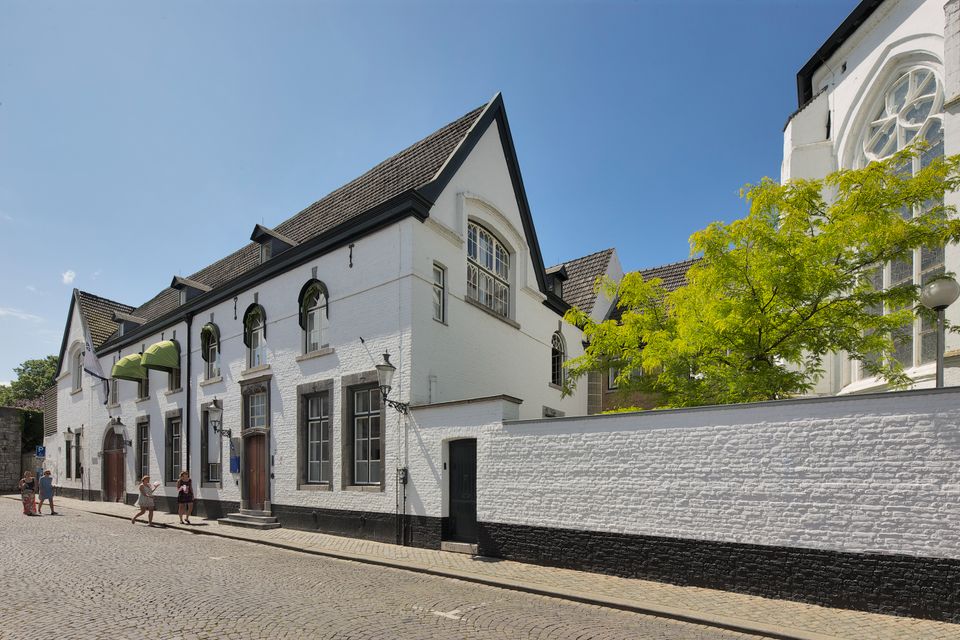
Maastricht University
In 1996, Rijksuniversiteit Limburg changed its name to ‘Universiteit Maastricht’ in response to the Maastricht Treaty (see also), a document that earned the city global fame. Maastricht University was established in 2008. The name is more in line with the international character of the university, which now has six faculties and many English-taught courses.
